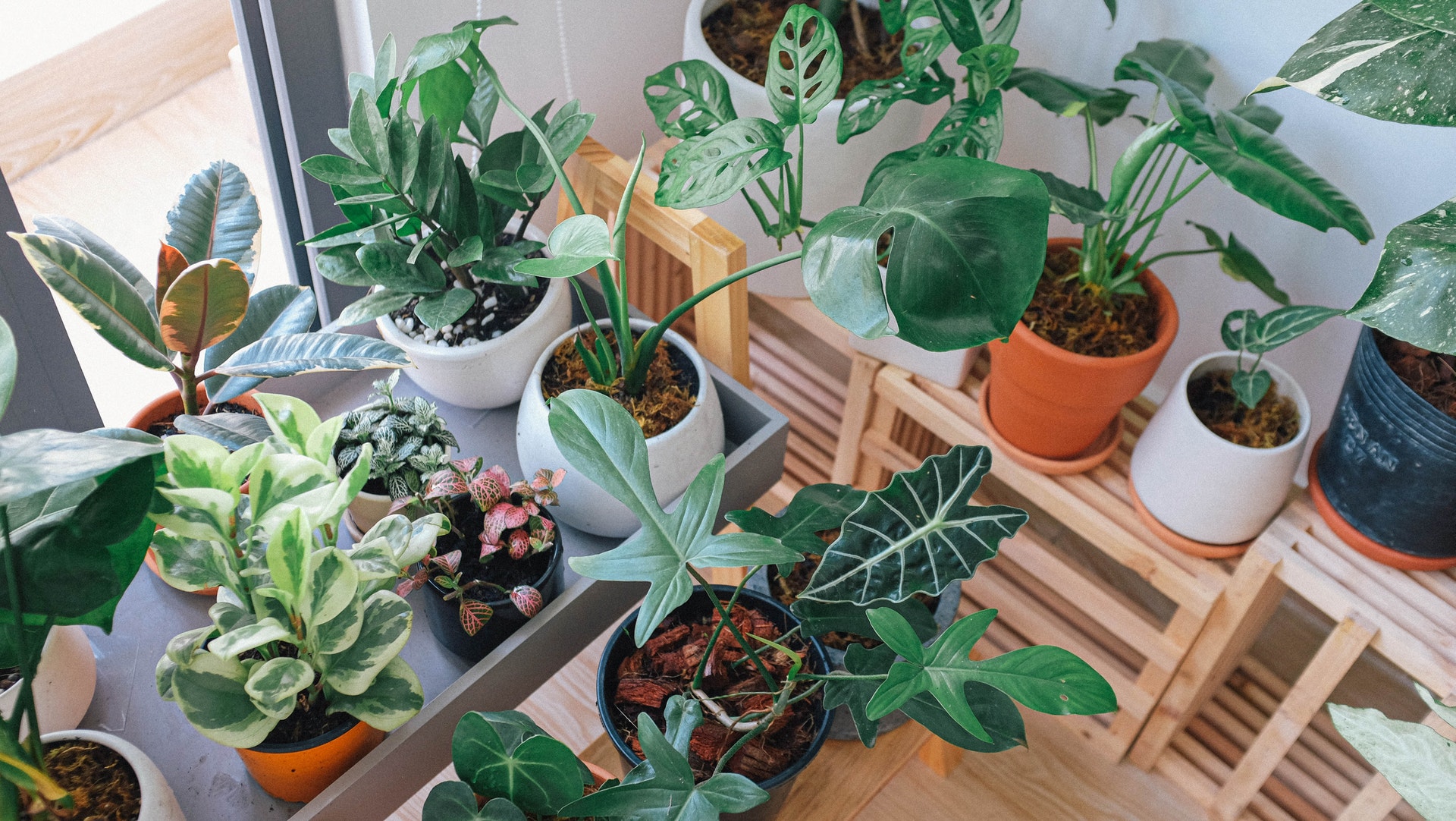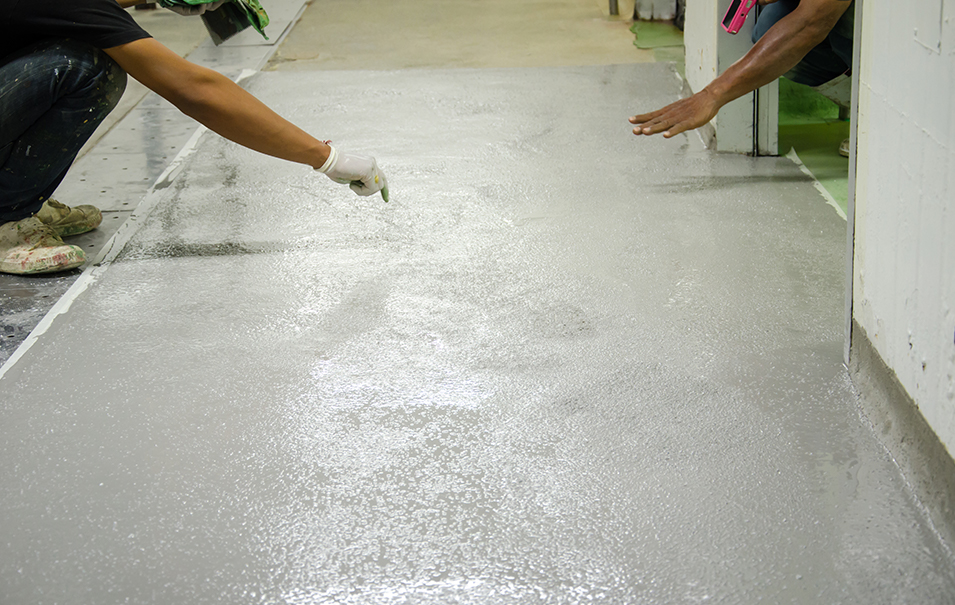For centuries, crops have been cultivated outdoors, and farmers planted, fertilized, and harvested according to nature’s schedule. Many crops are still grown outdoors, which can result in hearty plants and bountiful yields. Unfortunately, weather conditions may also harm or destroy plants. With that in mind, there has been a trend toward cultivating many types of plants indoors. The option makes it easy to control the environment and health of plants. Gardeners can plant anytime they want and harvest year-round using grow lights that substitute for sunlight. Ceramic metal halide (CMH) and high-pressure sodium (HPS) grow lights are two of the best choices. Growers can easily determine which is best for their needs by evaluating the features and benefits of each.
Table of Contents
Consider the Light Spectrum
Because grow lights simulate the sun, they must provide the light spectrum plants need for photosynthesis, and CMH lights offer the ideal balanced spectrum. They are very good at turning electricity into light that plants can use. Suppliers like Agron offer a range of CMH grow lights in sizes and types for every indoor setup.
In contrast, HPS lights waste a great deal of energy by producing ranges that plants cannot use. CMH lights are also more efficient, so they are excellent single-light options. Some growers combine HPS and CMH lights to get the maximum benefits.
Durability Differs Between Lights
Gardeners who want the most durable option should consider CMH lights since they are made with ceramic arc tubes that resist premature breakdown better than other lighting types. CMH lights last as long as 24,000 hours, maintaining their intensity for as long as 20,000 hours. In comparison, HPS bulbs generally need to be replaced at around 10,000 hours.
Check Lights’ Color Rendering Index
CMH lights offer a more natural color rendering index (CRI). A light’s CRI defines how light sources change the way objects appear to human eyes and how color variations are revealed. The higher a light’s CRI, the more realistic objects look. The sun has a 100 CRI, while CMH grow lights are typically rated between 80 to 96. When growers use CMH lights, they can see their plants’ true colors without the room appearing purple, blue, or yellow.
Evaluate UV Radiation
Plants need UV radiation to grow, but not all UV light is safe. There are three types: UV-A, UV-B, and UV-C, with UV-C being harmful to the human eye. CMH lights block UV-C light. Their balanced spectrum also ensures that plants get plenty of UV-A and UV-B light, which they need to develop strong, healthy branches.
Assess Electromagnetic Interference
It is possible for electronic ballasts and grow lights to interfere with electronics. Interference can impact television signals, cell phones, and amateur radio signals. Choosing CHM lights is a simple way to avoid this inconvenience since the lights do not affect appliances in their vicinity.
Heat Production Is a Factor
Plants need a certain amount of warmth to thrive, but excessive heat can kill them, so it is critical that grow lights operate at fairly low temperatures. CMH lights can operate at lower temperatures than their HPS counterparts. This means that growers can often reduce or eliminate the need for cooling equipment. Because CHM lights run at low temperatures, growers can place them closer to plants than other lights, and there is much less chance of burning leaves.
Costs Can Differ Significantly
Despite their many advantages, some growers have found that CMH lights don’t fit their budgets, and it is true they cost somewhat more than other choices. However, increased customer interest and improved technology have resulted in lower prices. More manufacturers are producing the lights in larger quantities in recent years, which also drops the cost. Some growers balance the expense of grow lights by starting with less expensive options and then upgrading to CMH lights when they are able.
Other Aspects to Weigh
Once growers have decided on the best type of grow lights for their needs, it is essential that they also evaluate each product carefully and assess the following:
- The Brand: Sellers offer several versions of most grow lights they sell, but they are not all equal. When in doubt, buyers should select brands that have been around for a long time and have excellent reputations.
- Growing Area: The size and type of each growing environment determine how many grow lights are needed. It is easy to calculate this measurement by comparing the room size with the area that each lamp must light. Professionals suggest allowing 32 watts for every square foot of growing space for high-light plants. Allow between 11 and 18 watts for low-light crops.
- Ease of Use: It is best to choose easy-to-use, flexible grow light systems. It should be easy to adjust lights for wavelength, intensity, and position.
- Quality: opt for grow lights that are made of high-quality materials and meet or exceed industry standards.
- Energy Efficiency: Lights are typically on for ten or more hours a day, so it is vital to buy energy-efficient bulbs. Don’t purchase any that list less than 300W output.
- Growth Stage: Plants need different light at various growth stages, so it is critical to get the best grow light for each phase. For instance, CMH lights work for most stages, but HPS lights are the best during the flowering stage. Many growers invest in both types.
- Guarantees: It is smart to research each grow light and choose only those that include generous warranties and reasonable return policies. Grow lights generally last between 3 and 10 years, depending on the product. A warranty that is shorter than the expected lifespan can signal an inferior product. Make sure guarantees cover all parts of lights and look for free return shipping.
Manufacturers now offer dozens of excellent grow lights that are ideal for cultivating indoor crops. There are various types of lights, with CMH and HPS being particularly effective. CMH lights provide a balanced spectrum, low heat, and UV ray protection. They also have a high CRI and are long-lasting. HPS grow lights are less expensive and especially effective during the flowering phase of growth. When choosing lights, buyers should consider factors such as their available growing space, products’ ease of use, and quality.




